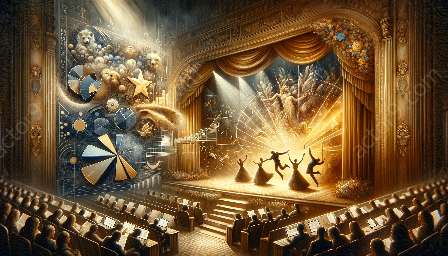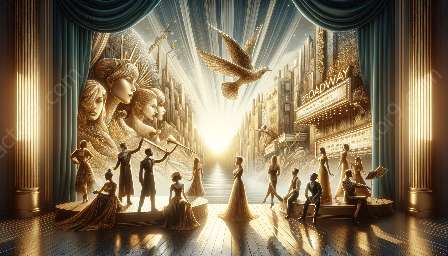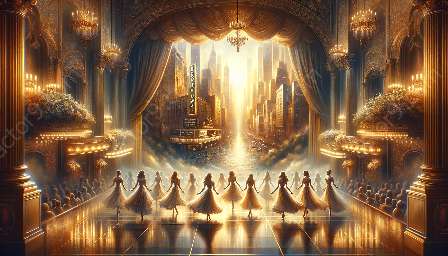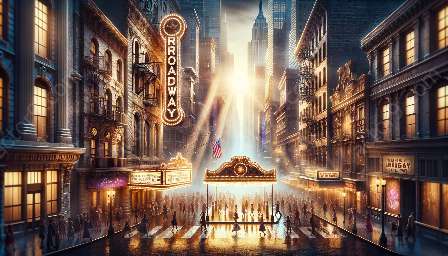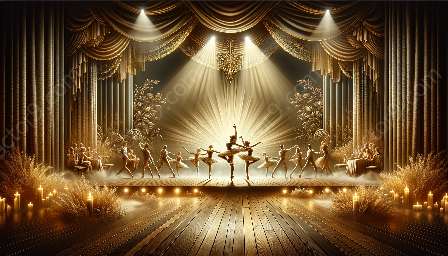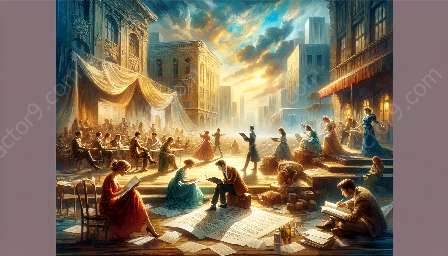Choreography plays a crucial role in both traditional plays and musicals, but there are distinct differences between the two forms. Choreographing for a musical involves the integration of dance, music, and storytelling, while choreographing for a traditional play focuses on movement and physical expression that complements the dialogue and narrative.
Choreographing for a musical requires a deep understanding of music and dance elements, as well as the ability to create seamless transitions between scenes and musical numbers. In contrast, choreographing for a traditional play may involve more subtle and nuanced movements that reflect the emotional intensity of the characters and the unfolding of the plot.
One of the key differences between choreographing for a musical and a traditional play is the level of spectacle and complexity involved. Musicals often feature large-scale production numbers with intricate choreography that showcases the ensemble's agility and precision. On the other hand, choreographing for a traditional play may emphasize simplicity and naturalistic movement that serves the dramatic arc of the story.
In Broadway and musical theater productions, choreography significantly contributes to the overall visual appeal and narrative coherence. The choreographer's creative vision shapes the physical language of the characters, amplifies the emotional beats of the storyline, and enhances the audience's engagement.
Furthermore, in musicals, choreography is closely intertwined with the show's music and lyrics, requiring the choreographer to work in harmony with the composer and lyricist to bring the songs to life through movement. The choreographer for a traditional play, on the other hand, focuses on choreographing movement sequences that complement the spoken dialogue and contribute to the thematic resonance of the play.
Ultimately, both forms of choreography demand creativity, artistry, and a deep understanding of the theatrical medium. However, the differences lie in the specific demands of integrating dance, music, and storytelling in musicals versus the emphasis on movement and emotional expression in traditional plays.










